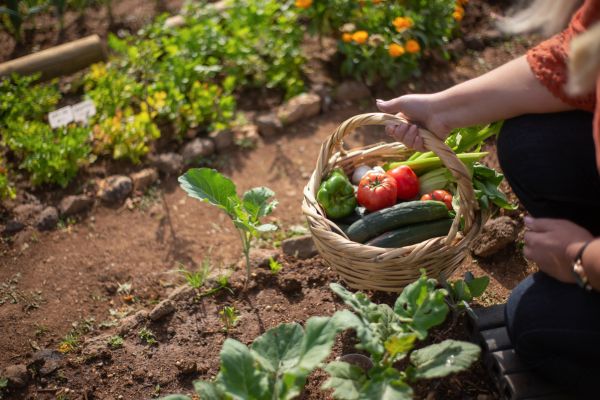Growing your own vegetables is a rewarding experience that connects you to nature, promotes healthier eating, and brings a sense of accomplishment with every harvest. However, to achieve a thriving garden filled with fresh produce, you need more than just seeds and soil. Understanding the best vegetable gardening tips can transform your backyard or balcony into a lush, productive oasis.
Understanding the Basics of Vegetable Gardening
Before diving into planting, it’s crucial to grasp the foundations of successful vegetable gardening. Every thriving garden starts with healthy soil. Rich, well-drained soil full of organic matter provides the essential nutrients plants need to grow vigorously. Regularly amending your garden bed with compost or aged manure will create a fertile environment that supports strong root development and robust yields.
Equally important is choosing the right location. Vegetables need at least six to eight hours of direct sunlight each day to thrive. Observing your outdoor space throughout the day helps you identify the sunniest spots, ensuring your plants receive the light they require.
Selecting the Right Vegetables for Your Garden
Choosing vegetables suited to your climate and growing season is one of the most valuable vegetable gardening tips. Consider your region’s hardiness zone and opt for varieties that flourish in your local conditions. Warm-season crops like tomatoes, peppers, and cucumbers thrive in summer, while cool-season vegetables such as lettuce, spinach, and carrots prefer the milder temperatures of spring or fall.
It’s also wise to consider your available space. If you have limited room, compact or dwarf varieties can be ideal for container gardening or raised beds. Selecting crops you and your family enjoy eating ensures your hard work translates into delicious meals on your table.
Mastering the Art of Planting and Watering
Planting at the correct time is essential for success. Follow seed packet or plant label instructions carefully, as some vegetables perform best when directly sown into the soil, while others benefit from being started indoors and transplanted later. Timing your planting to align with your region’s frost dates prevents seedlings from being damaged by unexpected cold snaps.
Proper watering is equally vital. One of the most common vegetable gardening tips is to water deeply and less frequently rather than shallowly and often. This encourages roots to grow deeper into the soil, making plants more resilient during dry spells. Watering early in the day helps minimize evaporation and reduces the risk of fungal diseases.
Nurturing Your Garden Through the Season
Maintaining a vegetable garden requires ongoing care and attention. Regularly weeding prevents unwanted plants from competing with your vegetables for nutrients and water. Mulching with straw, leaves, or grass clippings helps suppress weeds, retain soil moisture, and regulate soil temperature, creating a more favorable environment for your crops.
Fertilization plays a key role in supporting growth throughout the season. Organic options such as compost tea or fish emulsion can give plants the nutrients they need without harming beneficial insects or the environment. Observing your plants closely allows you to spot early signs of nutrient deficiencies or pest infestations, enabling swift action to keep your garden healthy.
Protecting Your Garden from Pests and Diseases
No discussion of vegetable gardening tips would be complete without addressing pests and diseases. Integrated pest management is an effective strategy that combines prevention, observation, and minimal intervention. Encouraging beneficial insects like ladybugs and bees helps naturally control harmful pests and supports pollination.
Practicing crop rotation and spacing plants properly improves airflow, reducing the chances of fungal infections and soil-borne diseases. If problems arise, opt for organic or homemade remedies before resorting to chemical solutions to maintain a healthy ecosystem in your garden.
The Joy of Harvesting and Beyond
Harvesting at the right time ensures your vegetables are at their peak of flavor and nutrition. For leafy greens, pick the outer leaves as needed, allowing the center to continue growing. Root crops like carrots and beets should be pulled once they reach the desired size, while fruiting vegetables such as tomatoes and zucchini require regular picking to encourage continued production.
After enjoying your fresh harvest, consider preserving excess produce through freezing, canning, or drying. This allows you to savor the fruits of your labor long after the growing season ends, making your efforts in the garden even more rewarding.
Conclusion: Cultivate Success with These Vegetable Gardening Tips
Embarking on a journey into vegetable gardening can seem daunting at first, but with the right guidance and a little patience, it quickly becomes a fulfilling and enriching hobby. By focusing on essential elements like healthy soil, proper planting, regular maintenance, and mindful pest management, you can create a garden that thrives season after season. With these vegetable gardening tips in mind, you are well on your way to enjoying a bountiful harvest that nourishes both body and soul.

